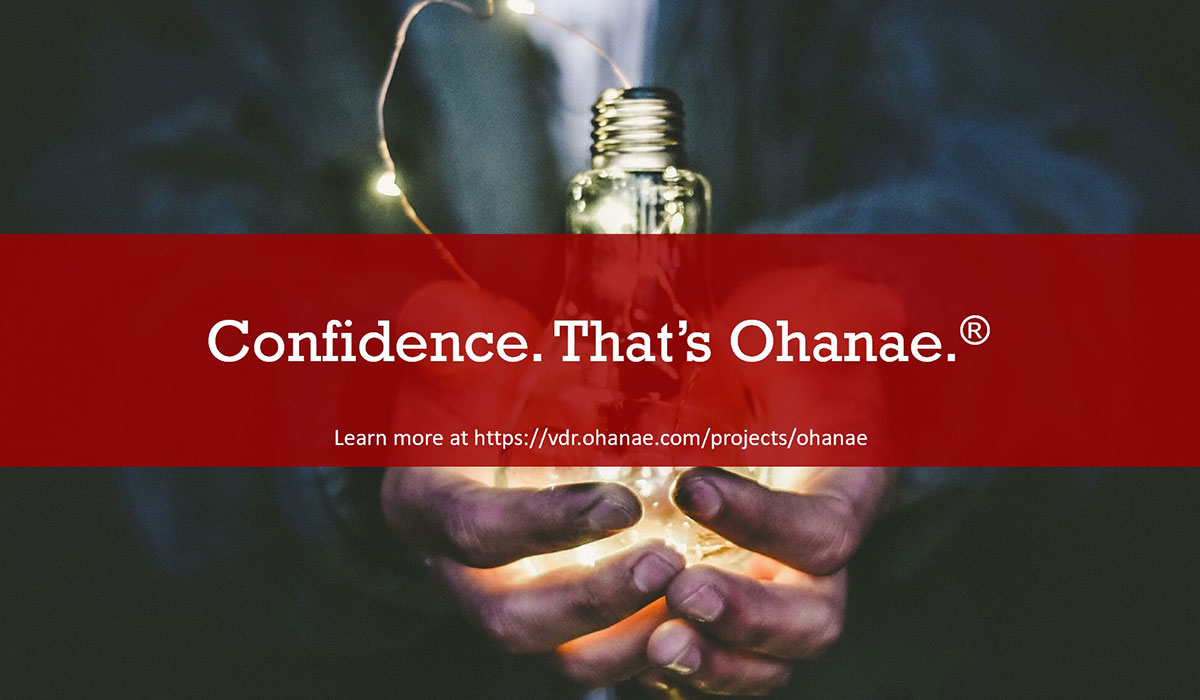
Embracing the Web3 Revolution in Traditional Finance (TradFi)
We are on the cusp of the largest generational wealth transfer in U.S. history, with baby boomers expected to pass down approximately $68 trillion by 2030*. As Gen Xers and millennials prepare to inherit this massive wealth, they seek innovative investment ideas and embrace technological advancements that can enhance their investment experiences. This article explores the changing landscape of wealth management and the potential of Web3 technologies and tokenization to create new investment opportunities for emerging investor groups.
Rethinking Traditional Wealth Management Strategies
Traditional strategies, such as the 60/40 stock-bond portfolio, have fallen short in recent times. The need for diversification into alternative asset classes is evident as a nominal 60/40 portfolio recorded a -18.1% return in 2022*. Alternative investments like hedge funds, private equity, venture capital, private credit, and real estate can offer diversification and the potential for enhanced returns. However, accessing these investments has been challenging due to cumbersome processes, high initial investment requirements, limited liquidity, and lack of transparency.
The Role of Web3 and Tokenization in TradFi Innovation
Tokenization, the process of creating digital representations of real-world assets using Web3 technology, is gaining momentum. It can offer advantages such as faster settlement times, increased transparency, enhanced liquidity, operational efficiencies, and fractionalization of investments. Real-world assets like real estate, and commodities have already been successfully tokenized, paving the way for broader adoption.
Revolutionizing Private Equity through Tokenization
Private equity has traditionally been reserved for institutional investors, with high minimum investment amounts and limited liquidity. Tokenization has the potential to democratize access to private equity by breaking down barriers. Through Web3 efficiencies, smaller denominations can be offered, reducing minimum investment requirements and opening doors for a wider range of investors. Additionally, Automated Market Maker (AMM)-powered
Alternative Trading Systems (ATSs) can provide secondary liquidity for tokenized private equity interests, addressing historical illiquidity issues.
Automation and Smart Contracts for Efficient Fund Management
Tokenization enables automation and smart contracts, streamlining fund operations and enhancing interactions between fund managers, general partners, and limited partnership interest holders. Smart contracts can facilitate secure and efficient distribution of any returns, while deposit coins can simplify fund flows, enabling faster and seamless transactions. Web3 infrastructure improves transparency and streamlines the subscription and management process for private equity funds, aiming to ensure compliance with regulatory requirements.
Unleashing the Potential of Alternative Investments
Alternative investments, particularly in private markets, hold vast opportunities. The emergence of Web3 and tokenization opens doors for fresh portfolio allocations and potentially higher returns. Investors can explore alternative asset classes and embrace innovative strategies to attempt to optimize their portfolios to their unique circumstances. Web3 and tokenization represent a paradigm shift in the investment landscape, and may offer benefits such as enhanced access, increased liquidity, and improved transparency.
Atomic Settlement: Simultaneous settlement of assets, whereby assets are linked to ensure the transfer of an asset only occurs if the others are simultaneously transferred (e.g., to achieve delivery versus payment in a securities transaction). This mechanism adds an additional layer of security and efficiency to the settlement process, aimed at reducing counterparty risk and ensuring a synchronized exchange of assets.
Conclusion
We are at the intersection of a historic wealth transfer and the rise of Web3 technologies. Embracing this revolution offers avenues to overcome traditional barriers, unlock new opportunities, and reshape the investment landscape. By leveraging Web3 and tokenization, investors can position themselves at the forefront of change, in the hopes of maximizing their investment potential and reaping the rewards of a rapidly evolving market.
*Forbes: How Blockchain May Play An Increasing Role In Investing
Disclaimer
An offering statement regarding this offering has been filed with the SEC. The SEC has qualified that offering statement, which only means that the company may make sales of the securities described by the offering statement. It does not mean that the SEC has approved, passed upon the merits or passed upon the accuracy or completeness of the information in the offering statement. The offering circular that is part of that offering statement is at https://vdr.ohanae.com/projects/ohanae. You should read the offering circular before making any investment.
Ohanae Securities LLC is a subsidiary of Ohanae, Inc. and member of FINRA/SIPC. Additional information about Ohanae Securities LLC can be found on BrokerCheck. Ohanae Securities LLC is in discussions with FINRA about exploring the expansion of business lines for the broker/dealer. Any statements regarding abilities of Ohanae Securities LLC are subject to FINRA approval and there are no guarantees FINRA will approve the broker/dealer’s expansion.
Ohanae Securities is seeking approval to be a special purpose broker-dealer that is performing the full set of broker-dealer functions with respect to digital asset securities – including maintaining custody of these assets – in a manner that addresses the unique attributes of digital asset securities and minimizes risk to investors and other market participants. If approved, Ohanae Securities will limit its business to digital asset securities to isolate risk and having policies and procedures to, among other things, assess a given digital asset security’s distributed ledger technology and protect the private keys necessary to transfer the digital asset security.